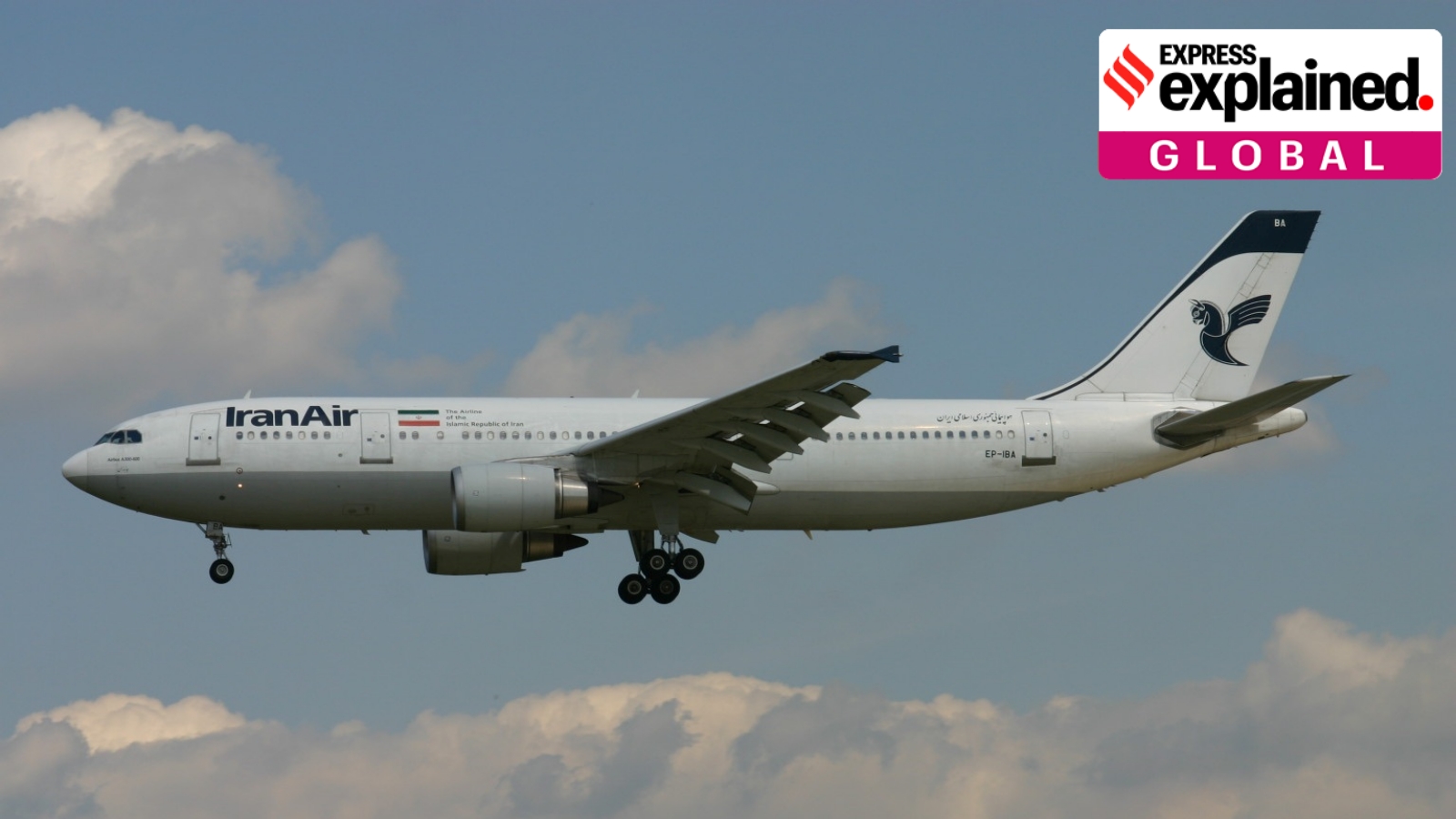A helicopter crash killed Iran’s President Ebrahim Raisi and Foreign Minister Hossein Amirabdollahian on Sunday (May 19). Tehran has not yet issued an official explanation for the crash which occurred in Iran’s mountainous East Azerbaijan province, amid dense fog.
But many experts believe that technical problems were the likely culprit. The ill-fated Bell 212 chopper was at least three decades old. On May 20, US State Department spokesperson Mathew Miller, called it a “45-year-old helicopter”. Studies have shown that an aircraft’s age, especially once it crosses a certain threshold, is linked to reliability and safety.But why was the President of Iran flying in such an old aircraft?
Sanctions and Iran’s aviation sector
Since the 1979 Revolution that overthrew Iran’s monarchy, the West, led by the United States, has subjected the country to innumerable sanctions. Till 2022, when Russia invaded Ukraine, Iran was the most sanctioned country in the world, Bloomberg reported.
These sanctions, which are aimed at internationally isolating Iran and crippling its economy, have had a particularly devastating effect on the country’s aviation sector.
According to a report by Al Jazeera, US sanctions bar Iran from receiving any aircraft or aircraft equipment built with more than 10% American-made/ designed parts. The European Union and individual Western nations have imposed similar sanctions.

Given that the bulk of global aircraft manufacturing is based in the US and Europe, these sanctions prevent Tehran from purchasing Western aircraft, and obtaining the spare parts necessary to maintain its aged fleet.
Beyond aircraft and spare parts, the sanctions have also prevented Iran from receiving appropriate technical know-how for repairs and maintenance. Bell Textron, the US-based maker of Raisi’s ill-fated helicopter, said after the crash: “Bell does not conduct any business in Iran or support their helicopter fleet.”

Many Russian aircraft too depend on US parts (especially electronics and sensors), which has meant that Moscow too cannot help Tehran beyond a point. And after the Ukraine War, and the sanctions that followed, Russia has been strapped for aircraft and spare parts itself.
Although there have been some reports about Russo-Iranian talks on Tehran obtaining Russian Su-35 jets, nothing concrete has materialised so far.
Iran’s aged and unreliable fleet
Sanctions have meant that the average age of active aircraft in Iran’s passenger fleet is almost 28 years, more than double the global average, according to aviation data group Cirium.
Iran Air, the country’s national carrier, still flies aircraft that are more than 40 years old. For comparison, the average age of a Qatar Airways plane is under 9 years, according to AirFleets.net.
Many studies have shown that there is a direct correlation between the age of an aircraft and its safety and reliability after the aircraft crosses a certain age.
“When all accidents are considered there is no correlation between accident rates and age up till 18 years, and a weak trend of increased accident rate with age is observed for aircraft older than 20 years,” R John Hansman, Professor at the Massachusetts Institute of Technology, Boston wrote in ‘Analysis of Impact of Aircraft Age on Safety for Air Transport Jet Airplanes’ (2014).
Crucially, he wrote: “Observed increase in accident rate…is due to other risk factors that correlate with aircraft age such as weaker crew training, regulatory oversight and procedures.”
Iran has had a poor aviation safety record since sanctions were first imposed.
Since 1979, 73 aircraft accidents (not including helicopters) have killed 2,286 people, according to Geneva-based Bureau of Aircraft Accidents Archives (B3A). US-based Aviation Safety Network (ASN) puts the number of aircraft accidents in Iran between 1979 and 2002 at 109.
For comparison, during the same period, neighbouring Pakistan saw only 42 accidents, resulting in 854 casualties, according to B3A.
While the 2015 Iran nuclear deal lifted some western sanctions, allowing Iran to strike deals worth more than $40 billion with Boeing and Airbus, Donald Trump’s 2018 reversal abruptly shut Iran’s opening to upgrade its fleet.
According to Al Jazeera, Iran was able to obtain only three Airbus jets and 13 smaller turboprop planes during the time.

Vikram Sharma is a globe-trotting journalist with a global perspective on international events. His articles offer readers a global perspective on international events, exploring complex geopolitical issues and providing insights into the world’s most pressing challenges.


